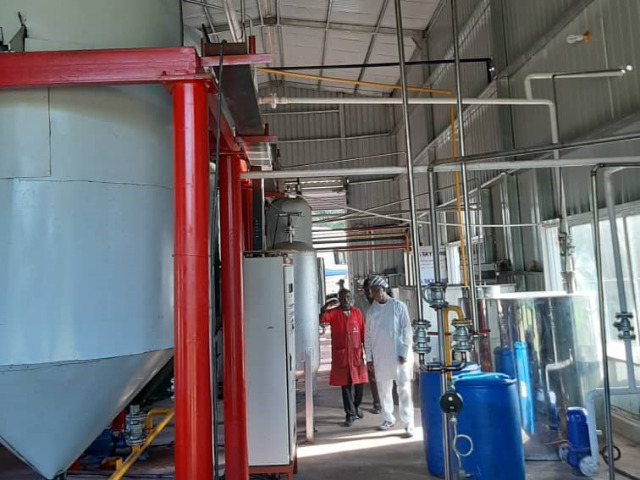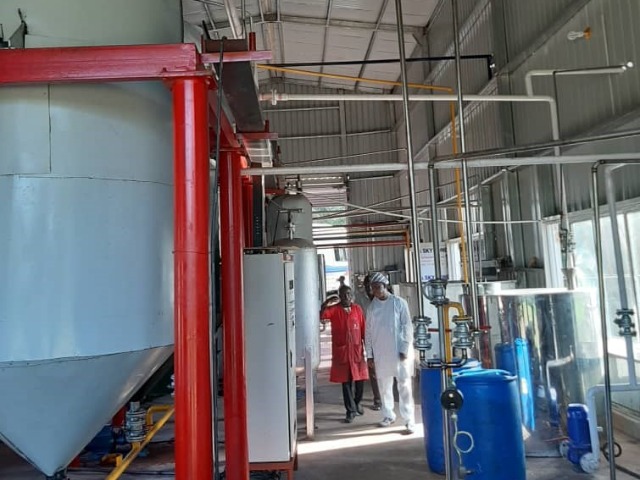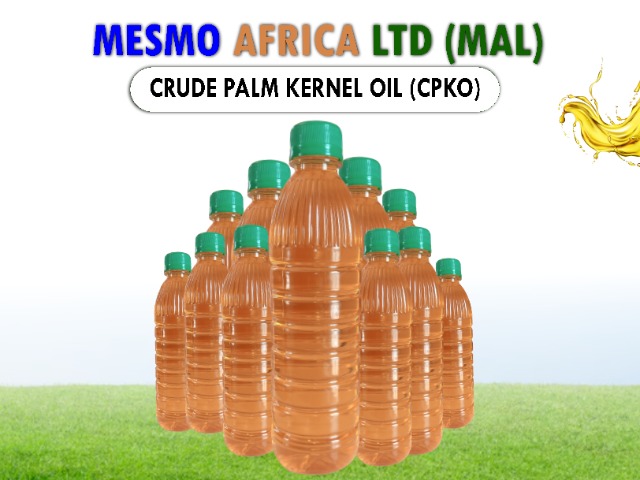
CEO Message
Nigeria has the largest economy and population in Africa. The nation is projected to become the fifth most populous globally in the next 14 years (2030), and the third most populated country by 2050. With the current and projected market possibilities in Nigeria, M ESMO Africa Ltd. (MAL) will position itself to becoming a key player in meeting the nutritional and industrial Oils and Fats requirements of the country.
The oil palm is a rare agricultural species combining a vast array of resource utilization (and therefore substantial economic exploitation) possibilities. Now is the appropriate and strategically auspicious time to enter the Nigerian oil palm development sector. This is against the background of a combination of very dramatic national and international scenarios compelling Nigeria to compulsorily reassess her national economic structure and income base. Internationally, a firm consensus trend has now been forged to move from fossil fuels (of which crude oil and coal are the principal contributors) to alternative renewable sources of energy like biofuels, solar, wind, etc. This was one of the outcomes of the 20 I 5 United Nations’ Climate Change Conference held in Paris, France, from 30 November to 12 December, 2015.
Amongst the world’s vast agricultural and biological resources, the oil palm is one of the few plants possessing the features and characteristics that make it a focal crop of significance to contribute sustainably and competitively to solving the challenges highlighted in the national and international scenarios observed above. MAL sees a huge and increasingly expanding market niche for the products of oil palm processing in the foreseeable future locally within Nigeria, in the U.S., and international markets at large.
There is an incontrovertibly strong growth opportunity in the Nigeria oil palm value chain. The current demand-supply scenarios indicate that the gap between production and consumption continues to widen as consumption outstrip production of palm oil and associated oil palm commodities. These gaps in the production and consumption of Crude Palm Oil (CPO), which can be in the form of either Technical Palm oil (TPO) or Special Palm Oil (SPO), are currently in the order of 300,000MT per annum.
| Source/Credit: | MESMO |







